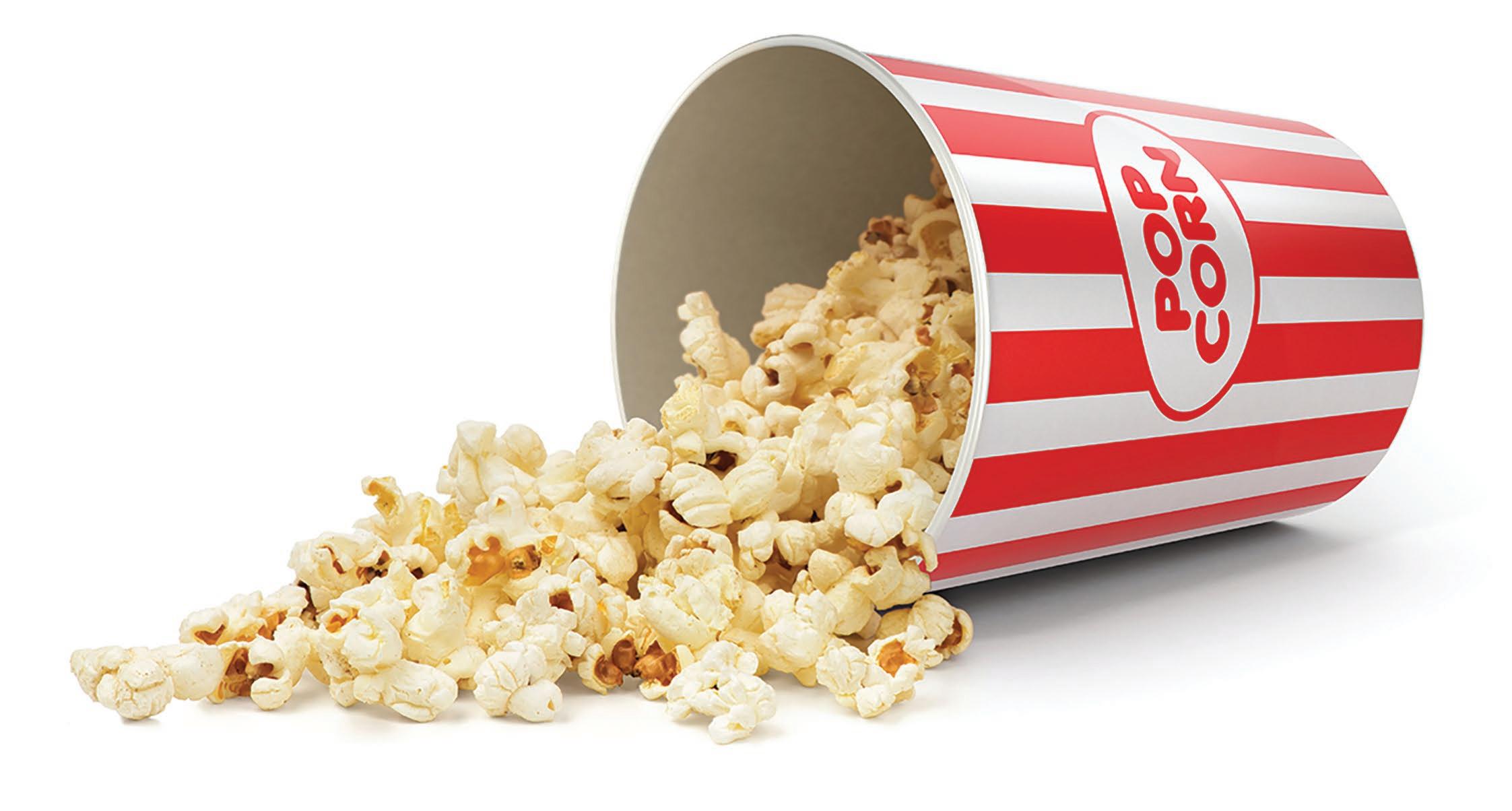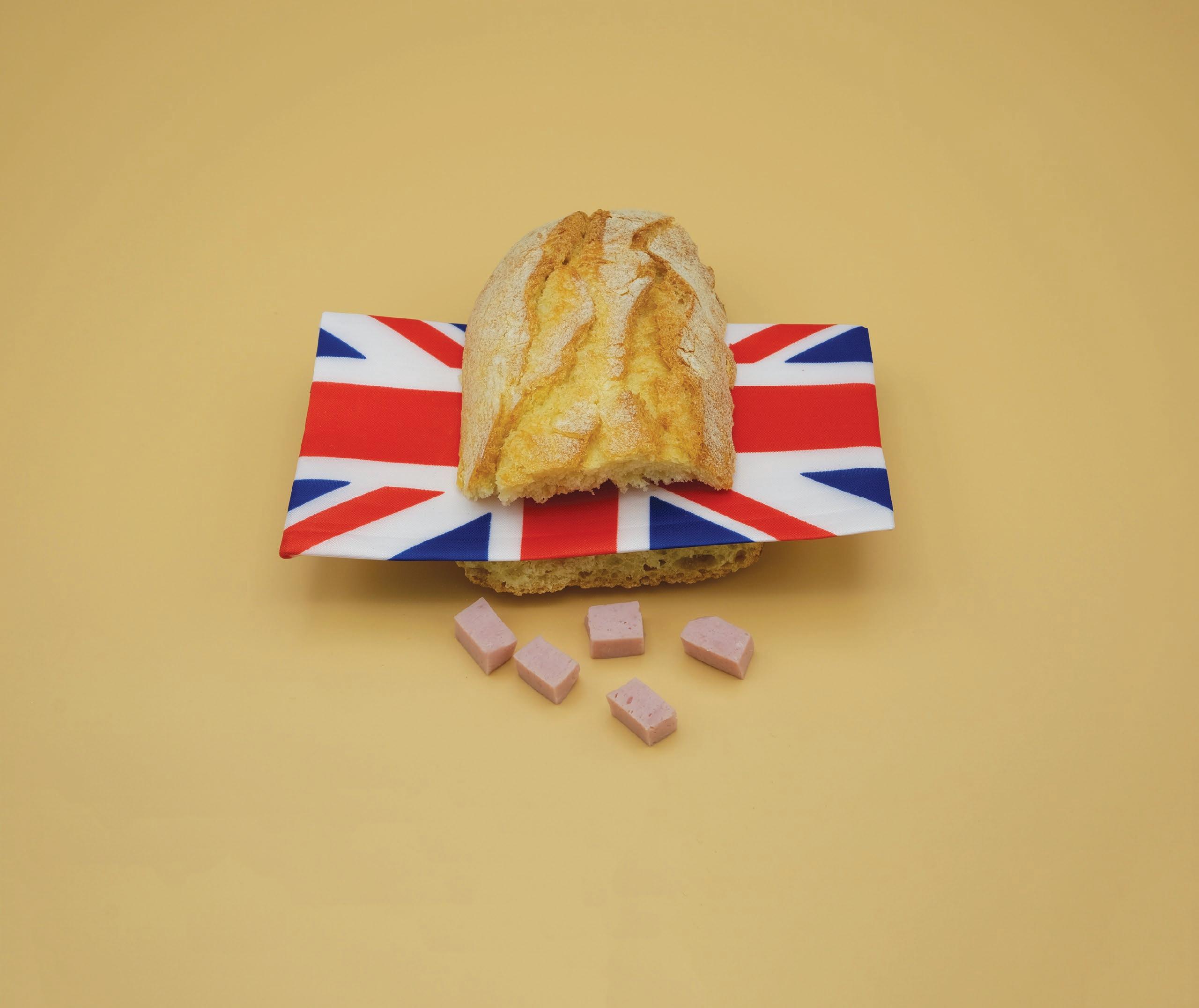
5 minute read
Mood Colours
IN THE PINK
Or green, or yellow, or blue ...
Advertisement
The colours we wear can make a difference to our mental and physical well-being, not to mention our confidence as we start to step back into socialising.
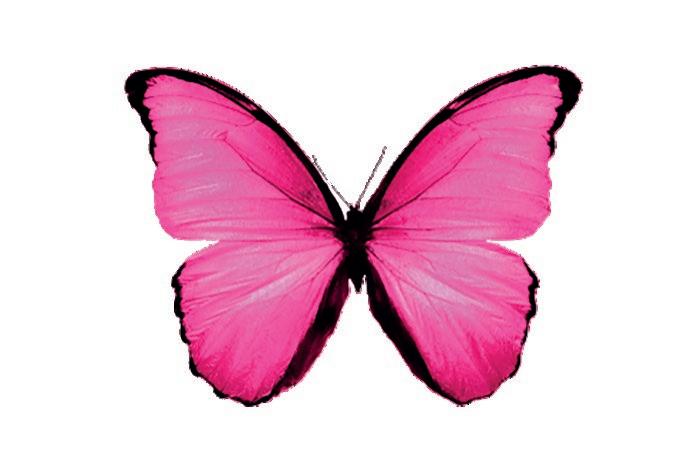
Colour can be used to express personality, send subliminal messages about our mood and even attract a mate! Isaac Newton developed the first circular diagram of colour in 1666, but it was Johann Wolfgang Goethe who created a new version, an equilateral triangle that showed the psychological effects of colour, researching the sensations created when colour reached our brain and how they shaped our perceptions. When Keith Jacobs and Frank Justmyer tested the reactions of 24 men with four primary colours in 1974, for example, they found that the galvanic skin response (GSR) showed that red was significantly more arousing than blue or yellow, and that green caused more of a reaction than blue. That stacks up with what we know about red being the colour of passion and intensity but what about the others? What do they represent and how do we react to them? Can they change our mood and build our confidence? Colour psychology divides colours into two: warm and cold. On the warm side there are reds, oranges and yellows which can generate anger and hostility as well as warmth and comfort. Cold colours such as violet, blue and green may make us feel sad whilst, on the positive side, can also generate a sense of calm. Affecting both ourselves and others, wearing a particular colour sends a message, whether it be subliminal or not.
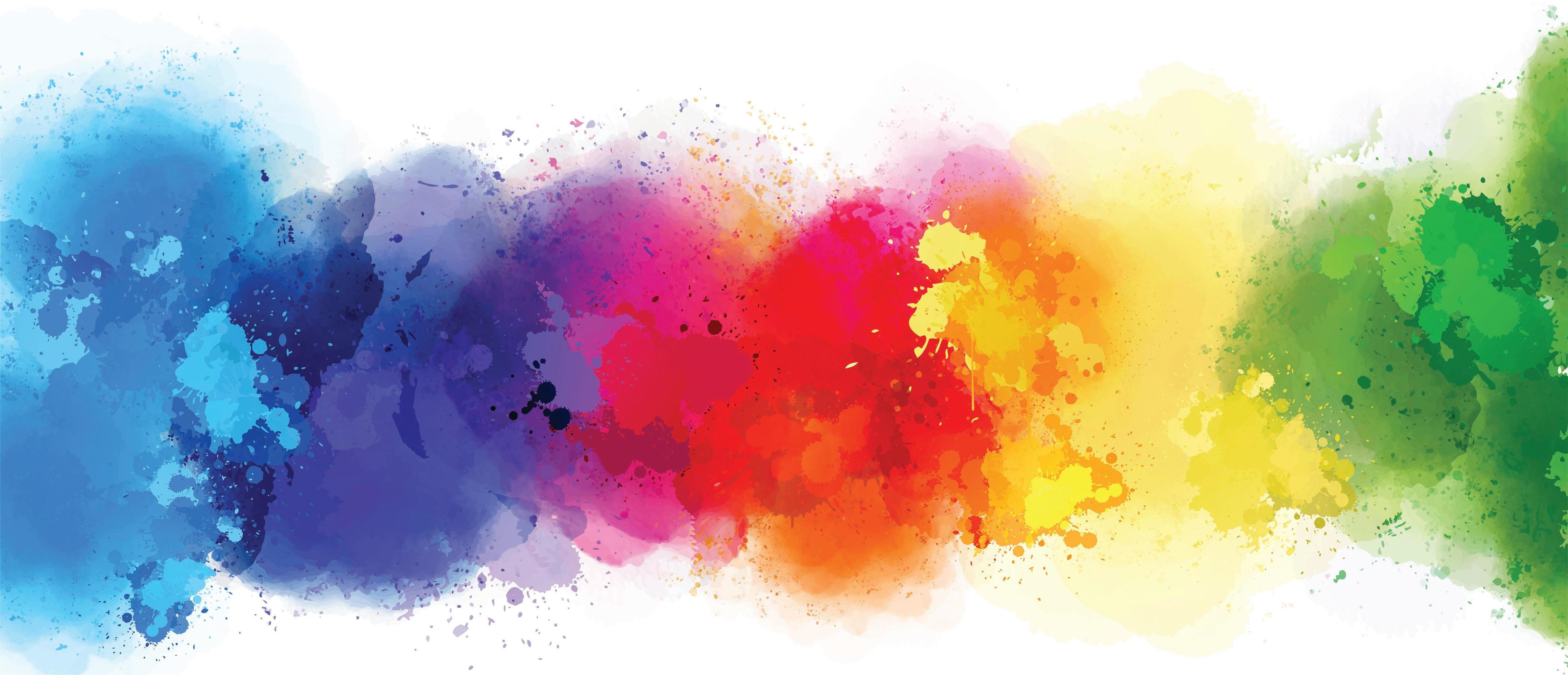
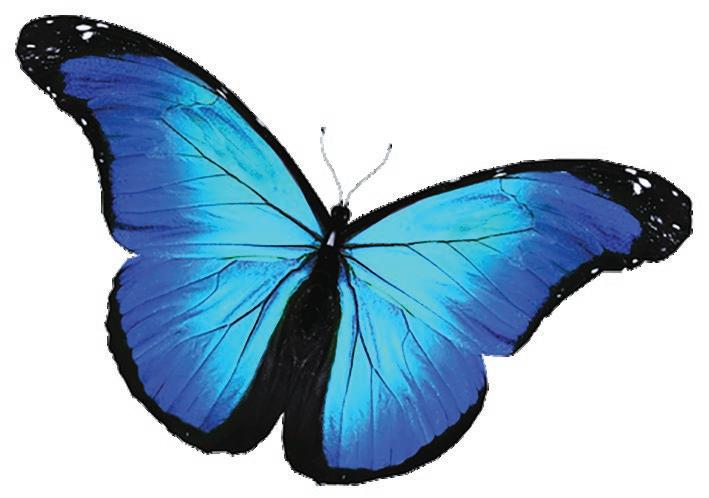
MELLOW YELLOW
Need cheering up or want to represent energy and joy, or simply need to focus? Wearing yellow brings positivity, improved creativity and is great for when we need to feel calm or make decisions. It is associated with intelligence and inspiration but, like red, too much of it can cause stress and anxiety so team it with another colour for the best effect.
NATURE’S GREEN
Our blood pressure and heart rate can be decreased by wearing green, the soothing colour of nature, rest, peace and love. Calming and creating a sense of balance, green is seen to represent intelligence and can project trustworthiness.
FUN ORANGE
As a mix of red and yellow, orange stimulates, focussing our minds on physical comforts as well as sensuality. It can put us in a positive and energetic mood, help with creativity, increase our sense of fun and bring optimism and emotional balance. To others it can be joyous but, beware, orange overkill can cause anxiety.
COMFORTING BROWN
Brown is what they call a silent colour, one that is associated with trust, justice, stability and support. That’s why wrapping ourselves up in a favourite brown jumper or throw will help us to feel safe, warm and calm.
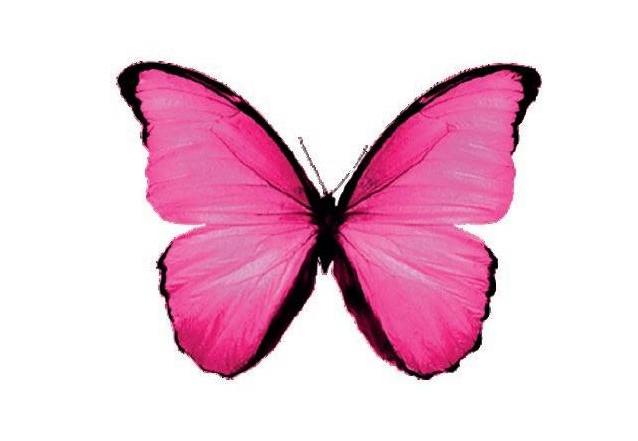

NEUTRAL GREY
As we might expect, grey is a fairly neutral colour which, in its purest form, has no direct psychological effects and, as such, indicates indifference, lack of energy or even depression. It can be a balancing colour but dark grey is likely to generate negative feelings around trust.
GLORIOUS PINK
To the mind, pink is a powerful yet calming colour, representing femininity and, due to female reproductivity, our very own survival. Tranquillity, sexuality, love, innocence, tenderness and even nutrition are all related to this positive colour. Generally calming, over exposure can be exhausting and emotionally overwhelming.
PURPLE CLARITY
Sophisticated and somewhat regal, purple can boost energy levels, help us to focus, clear our mind and help with meditation. Associated with quality, spirituality and intuition, it lends itself to innovation, creativity and luxury but too much of it can have the opposite effect, leading to feelings of inferiority and selfdoubt.
PURE WHITE
At the other end of the scale we have white, a clean, hygienic and pure colour that projects innocence, simplicity and peace. Whilst it can transmit a sense of coldness or elitism, it usually leads to positive feelings of relaxation, peace of mind and calm. It’s easy to see why clothes in black and white are so popular, creating a balance between these strong emotions.
COOL BLUE
Blue is a relaxing, cool colour, lowering blood pressure and acting almost like a sedative. The hue can have an effect too with a dark blue helping the thought process and a lighter tone aiding concentration. Whilst it can appear cold and indifferent, it also depicts trust, intelligence, a sense of duty and logic. Studies have shown that it can help us to be more creative but take care, it can deepen a depression if we are already feeling “blue”.
HOT RED
The most reactionary colour is red which is linked to passion, danger, love and desire. It can increase heart and respiratory rates, blood pressure and even our appetite, and may also affect our humour, making us more aggressive. It also depicts strength and leadership, improving confidence in ourselves and others.
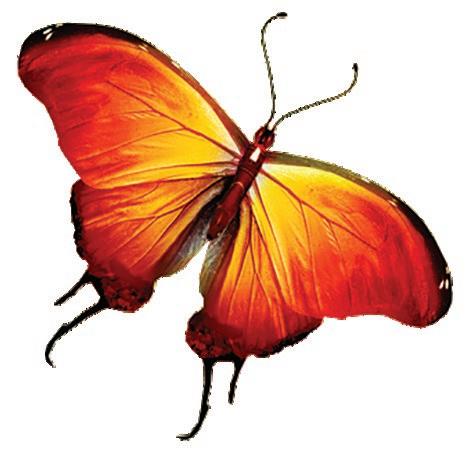
POWERFUL BLACK
When all the colours on the spectrum are mixed, they create black which, as we might expect, has significant connotations. This is a serious, authoritative colour and, as such, can absorb energy, create barriers and be seen to be threatening or even oppressive. So why do so many of us wear it? It has a great positive side that makes us feel and look sophisticated and glamorous, emotionally safe and capable and, sometimes, brings out our inner rock-chick! Be careful though, too much of it and it can trigger depression, fear and sadness.






